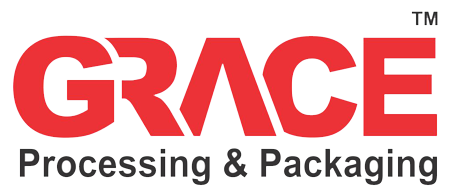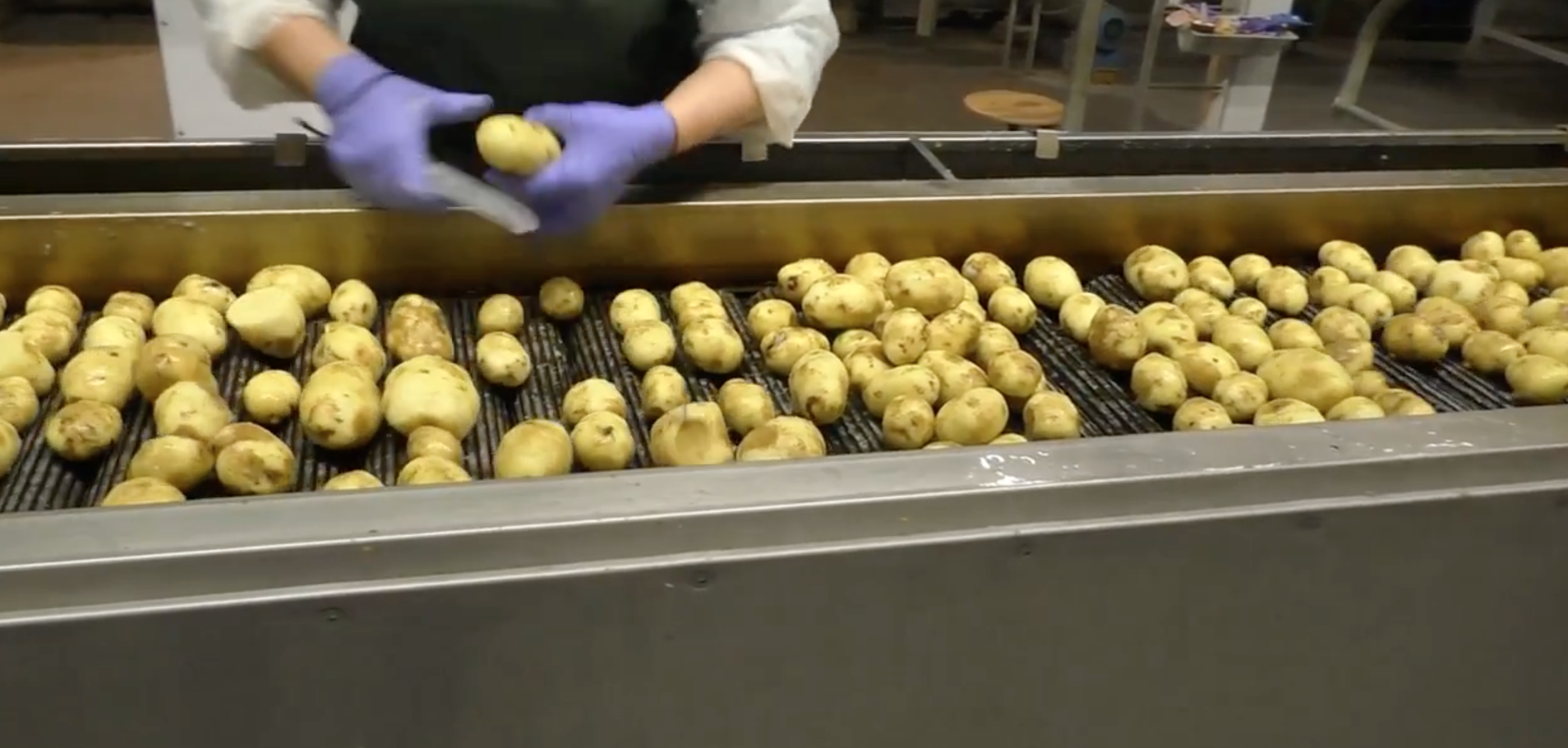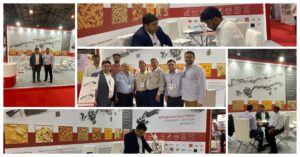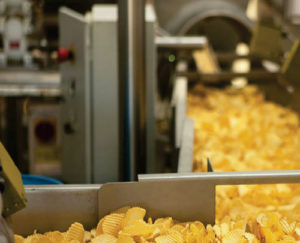Different chips can require different models of equipment, and equipment requirements can vary greatly. Look for a chips fryer manufacturer that can meet your specific needs. For food processing machines manufacturer from India, for making potato chips and french fries, for the potato processing industry.
THE OPTIMAL SOLUTION DEPENDS ON THE TYPE OF PRODUCT
Producing the best potato chip depends on many factors, but the fryer is usually at the top of the list. Likewise, determining the best fryer design for a potato chip processor also involves many factors. Ultimately, product quality has the highest impact on the decision; however, floor space, production capacity, acquisition price, and the method of heating cooking oil are also important factors.
The first factor to determine the best fryer design is determining the type of potato chip being produced. Does the processor wish to produce a conventional chip or a “hard bite”? Conventional chips are typically produced in a continuous fryer whereas hard bite chips are typically produced in a batch fryer.
BATCH FRYERS
Batch fryers are used exclusively for hard-bite, slow-cooked potato chips due to their unique temperature profile. The high-moisture content of potatoes requires a specially designed batch fryer. Potato-specific batch fryers use a kettle of static, hot oil which is directly heated by a gas burner firing under the fryer pan or by heat-transfer tubes immersed in the oil. These tubes can be heated by a gas burner, steam, or thermal fluid.
As each batch of potato slices enters the oil, the cooking oil temperature initially drops and then gradually increases as the moisture in the potato slice is boiled off and the burner system regains the proper frying temperature. This “inverted bell curve” temperature profile produces the distinctive hard-bite texture that has made these chips the fastest-growing segment of the potato chip market.
The art of adjusting this oil temperature profile gives processors the ability to create subtle differences in chip texture. Batch Fryer capacities range from 50 to more than 100 Kilograms of finished potato chips per hour.
ADVANTAGES OF BATCH FRYERS
- Low cost (compared to continuous fryer systems)
- Adjustable temperature curve produces chips with unique textures
- Multiple batch fryers can be handled by one operator because automatic slice stirring systems perform the cooking and unloading of the finished chips and eliminate the hazardous, labor-intensive task of manual stirring and assures maximum chip uniformity by stirring each batch the exact same way each time.
- Minimal floor space
- Increased versatility: cooks other types of root crops in addition to potatoes
Although batch fryers give processors several advantages, the production capacity is limited by the fryer’s surface area and heat input capability, and due to the large oil volume, the oil turnover rate is relatively slow. Also, operators must periodically stir the product to cook uniformly and to prevent slices from sticking together in clusters. The Chips Stirring system automatically stirs slices during cooking and then directs the finished chips to the discharge/drain conveyor.
CONTINUOUS FRYER
Continuous fryers are available in numerous designs, varying in heat load, product handling, oil filtration, and production capacity; however, all commonly cook a continuous flow of product.
Potato products, such as potato chips, sticks, french fries, or batter-coated fries require an externally-heated continuous fryer design due to the large amount of moisture that must be boiled off during the frying process, as well as factors such as:
- Responsive, accurate, and consistent temperature control
- Higher thermal efficiency than direct-heating
- Heat load is not limited by the size of the fryer because the fryer and heat exchanger are sized separately
- Higher capacity production
- Lower system oil volume (including fryer, heat exchanger, filter, and piping) than direct-heated fryers
- Continuous removal of product particles
- Rapid oil turnover rate
- Oil flow and temperature drop through the fryer are adjustable to match product flow rates
- Minimal cleaning is required as fine particles remain suspended in the circulating oil for more efficient removal.
- Continuous fryers are available for 100 to 1000 Kg of finished potato chips per hour and over 5000 Kg of finished french fries per hour. External-heat exchangers heat cooking oil using gas or light fuel oil burners, Biofuel pellets, or thermal fluid. These fryers continuously circulate oil through a filter, an external heat exchanger, and single or multiple inlets and outlets in the fryer. Continuous oil circulation provides multiple advantages:
- Maintaining a consistent oil temperature and temperature drop through the fryer
- Separating and advancing products through the fryer for uniform cooking without clusters
- Keeping product particles in suspension for more-efficient filtration and a cleaner fryer operation
CONTINUOUS FRYER DEVELOPMENTS
Unique characteristics and production capacities of different potato products have prompted the development of specially-designed continuous fryer systems, including multi-zone fryers, multi-stage fryers, and thermal-fluid-heated fryers.
MULTI-ZONE FRYERS
In these fryers, oil is introduced and removed at different points along the length of the fryer pan to provide accurate control of the temperature drop that occurs during cooking, known as Delta-T. This enables processors to develop custom color and texture characteristics for different products and also permits frying at lower temperatures, which produces lighter-color products and reduces oil degradation.
MULTI-STAGE FRYERS
These are a variation of the multi-zone design and provide a greater range of frying temperatures. Each fryer stage uses a separate continuous oil filter, oil-circulation pump, and heat exchanger. Multi-stage fryer systems are especially useful for batter-coated fries, and french fries.
For a processor which wants the flexibility to cook both hard bite and conventional chips, we offer a versatile, economical fryer that utilizes independent fryer modules integrated into one continuous system to produce kettle-style, traditional potato chips, and other types of snacks from the one fryer. It allows an operator to adjust the time, temperature, and oil flow in each module to customize a recipe and to create a variety of styles of chips with a specific texture, moisture, and color.
THERMAL-FLUID-HEATED SYSTEM
This direct-heated fryer uses a thermal-fluid heat exchanger that heats oil uniformly throughout the fryer. A fines removal conveyor and spacing between the heat-transfer tubes prevent product particles from accumulating inside the fryer.




